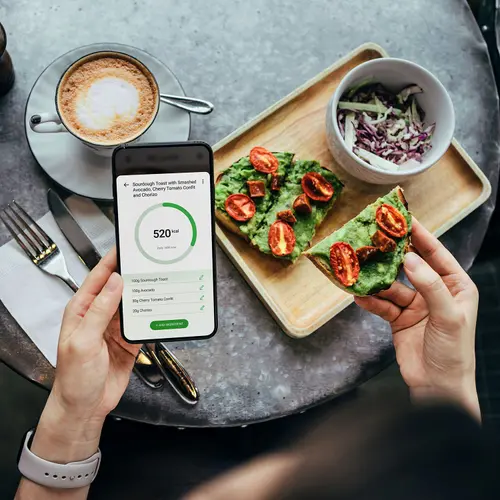Fancy flavored oils add extra flavor and style to many dishes. They’re versatile and easy to use in cooking. You don’t need to spend a lot of money at a gourmet food store to get tasty flavored oils. It’s easy to infuse oils with herbs and spices right at home. Here's how.
Select Your Oil
You can use a variety of oil types as a base for flavored oils. Experts suggest choosing oils that don’t have a strong flavor on their own. That allows the flavors you’re adding to them to stand out more.
Olive oil and canola oil are both handy options for trying out flavor infusions. You may already have them in your pantry. Both of those popular cooking oils are heart-healthy and have been shown to reduce cholesterol levels.
You can also use other plant-based oils. Avocado and safflower oils are high in monounsaturated fats, which lower LDL, known as bad cholesterol. Grapeseed oil is loaded with polyunsaturated fats, which raise HDL, known as good cholesterol. Both of them can be used for flavored oils. Just remember that you should refrigerate grapeseed oil to prolong its shelf life.
Cold Infusion
You can try a cold infusion recipe for creating a flavored oil. This method doesn’t require any cooking, and you'll need to refrigerate the oil when you’re done preparing it. Cold infused oils last about a week in the refrigerator. You can make small batches so you can be sure to use it all up before it goes bad.
It is safest to add dried herbs to oil. Fresh herbs such as garlic can introduce bacteria into the oil. The bacteria and water from the fresh herbs can grow and lead to a risk of severe food poisoning.
One or two tablespoons of dried herbs will add flavor to one cup of oil. Add them to the oil and mix them together. You can let the mixture sit in a cool, dark place for several weeks so the flavors can blend together. You can taste it during this time and add more spices if you want a stronger flavor.
Heated Infusion
For the heated infusion method, you can make flavored oils on your stovetop. To make the infused oil, you should heat your oil in a saucepan to about 140 degrees. Don’t let it get too hot or the flavor of the oil itself will change from cooking. Remove the oil from the heat and add the spices. This method is good for pulling flavor from spices like peppercorns, rosemary, or dried chili peppers. You can flavor a cup of oil with two to four tablespoons of spices.
The longer you let the ingredients sit in the oil, the stronger the flavor will be. You can taste the oil to see if it has reached a flavor you enjoy. You can strain out the solid ingredients if you don’t want it to get any stronger.
Oil Storage
It would be best if you stored both cold-infused and heat-infused oils in glass containers. Plastic containers can make the flavor change over time. Only use plastic if you plan to cook with the oil shortly after making it.
How to Use Flavored Oils
Once you've added flavors to oils, you should not use them for cooking. Heat will affect the taste of the oil. It's better to use flavored oils as a drizzle or an ingredient in a sauce that you can prepare at room temperature.
Eating the oils at room temperature or chilled has health benefits for you, too. Cooking oil reduces the nutritional value. Flavored oils that are added to food after the cooking process are more healthy than oils that have been heated to high temperatures.
Try these ideas for using flavored oils:
- Drizzle. You can drizzle a bit of the oil over a finished dish like meat, fish, or poultry to add a final twist of flavor. Oil makes a good finish for soups and stews, too. Simply fill the bowl with the soup, then drizzle a small amount on top.
- Dressings. Flavored oils make a good base for salad dressings or vinaigrettes to top cooked vegetables. Add the dressing just before serving the dish.
- Sauces. You can use flavored oils when making pesto, a cold sauce made from oil and basil.
- Dipping. Dipping bread or vegetables into flavored oil is a tasty appetizer. Be conscious of the portions, though. Oils are high in calories — a tablespoon of oil has about 120 calories.
Flavored oils can add a new zing to old dishes. Making them at home is a great addition to your usual cooking routine.

